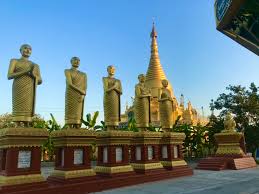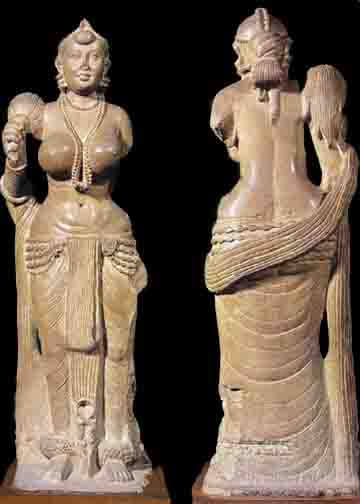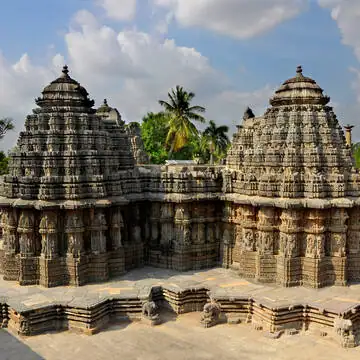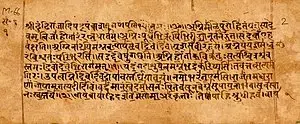Arhat
In Buddhism, an arhat or arahant is one who has gained insight into the true nature of existence and has achieved nirvana. Mahayana Buddhist traditions have used the term for people far advanced along the path of Enlightenment, but who may not have reached full Buddhahood.
- Arhat under Theravada Buddhism is said to be the one who has gained insights into the true nature of existence and has achieved nirvana.
- However, under Mahayana Buddhism, Arhat is the person who is far advanced in the path of attaining nirvana but has not attained it.
- Nagasena (a Sarvastivadan Buddhist of 2nd century BC) and even Gautam Buddha’s son Rahul are considered to be one of the 16 Arhats.
- Under Mahayana, Arhat is the person who has attained peace for himself but is not willing to give it up for the sake of others. Whereas Boddhisattva under Mahayana Bodhisattva is an awakened being who vowed to indefinitely stick in Samsara for the sake of others. Therefore, Mahayana Buddhists prefer Bodhisattva as a goal rather than becoming an Arhat.

Difference between Arhat and Buddha
One difference between an arhat and a Buddha was that a Buddha realized enlightenment on his own, while an arhat was guided to enlightenment by a teacher. In the Sutta-pitaka, both the Buddha and arhats are described as being perfectly enlightened and free from fetters, and both achieve nirvana.
Difference between Arhat and Bodhisattva
Arhat and Bodhisattva are commonly understood terms in Buddhism. The Arhat is the pinnacle of spiritual achievement as mentioned in the Theravada scriptures while the Bodhisattva is an ideal which spiritual seekers aim for in order to achieve Buddhahood.
More articles on Buddhism
- The Concept Of Bodhisattva In Buddhism
- Important Buddhist Pilgrimage Sites
- Know About The Top 10 Disciples Of Buddha
- Symbols Of Five Great Events Of Buddha’s Life
Also refer :








